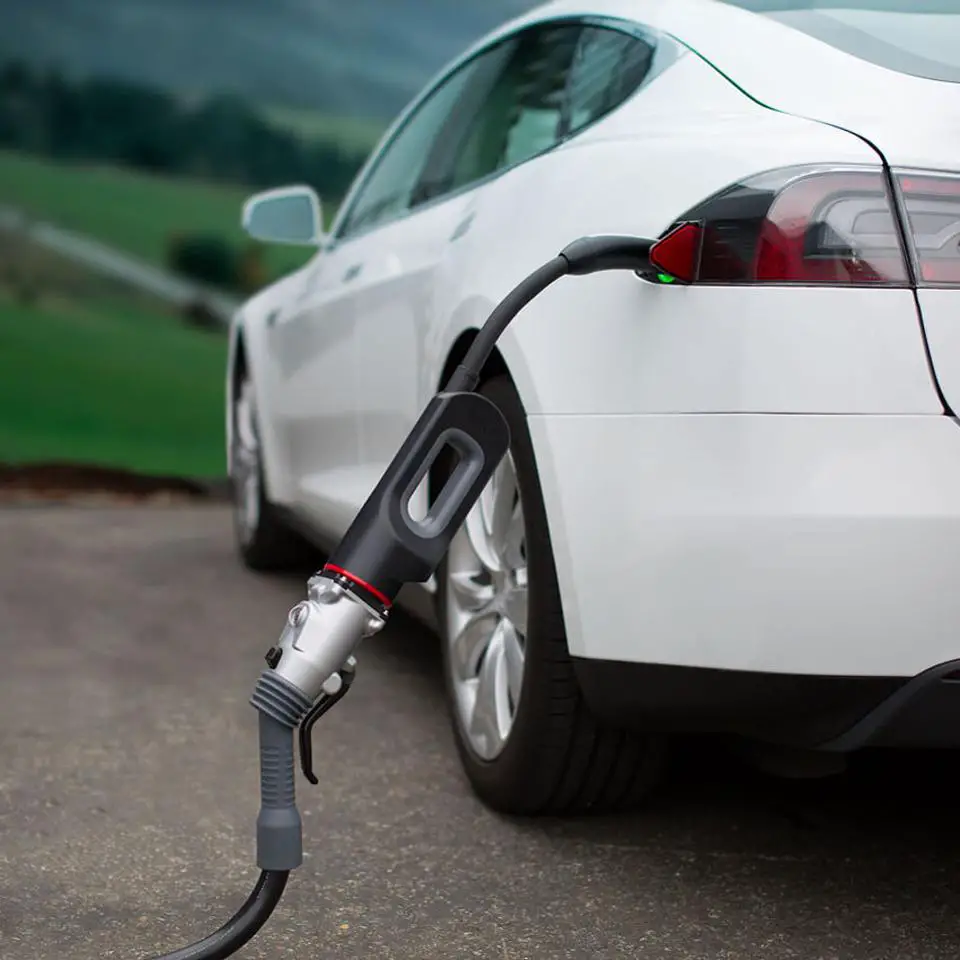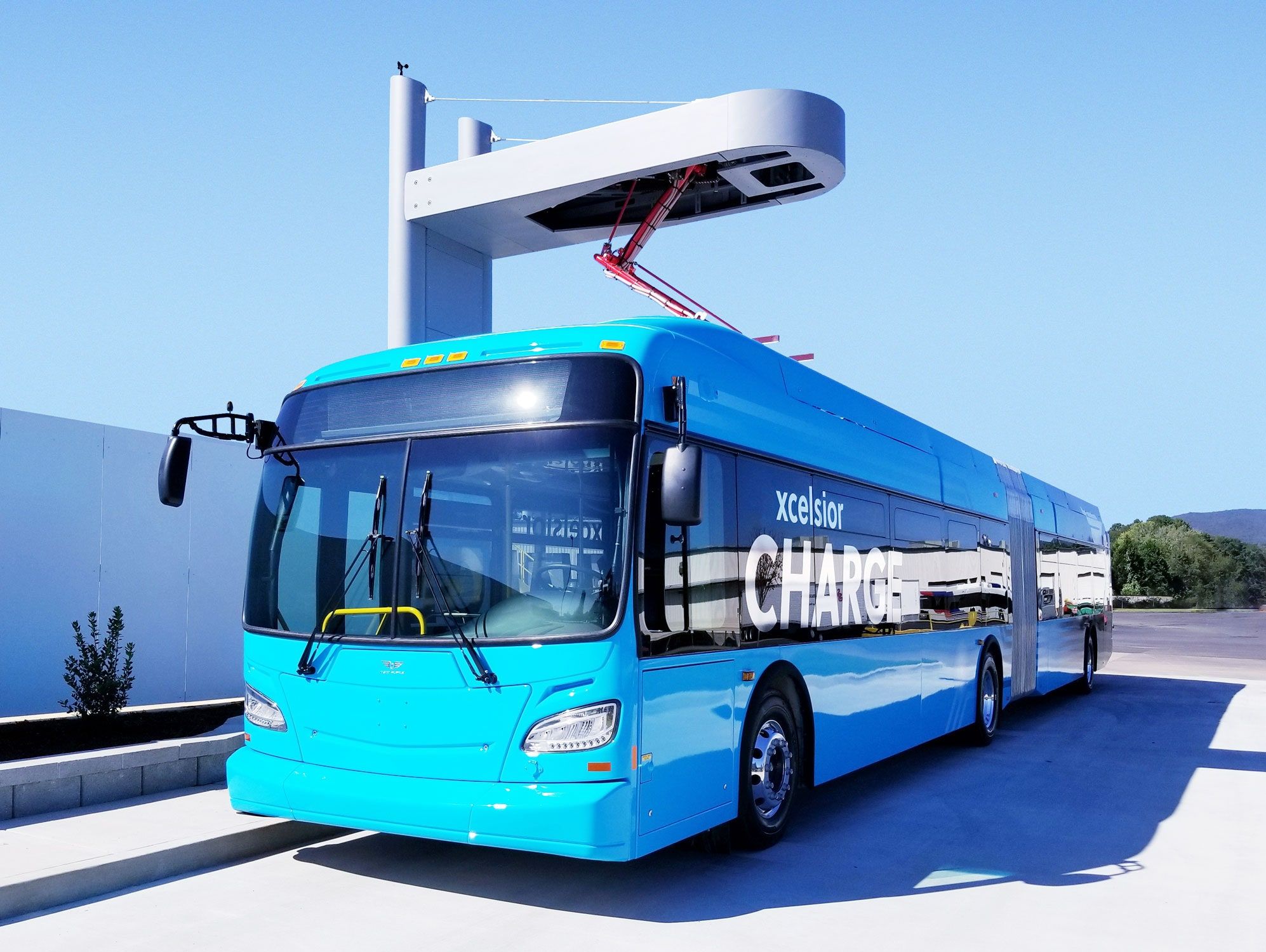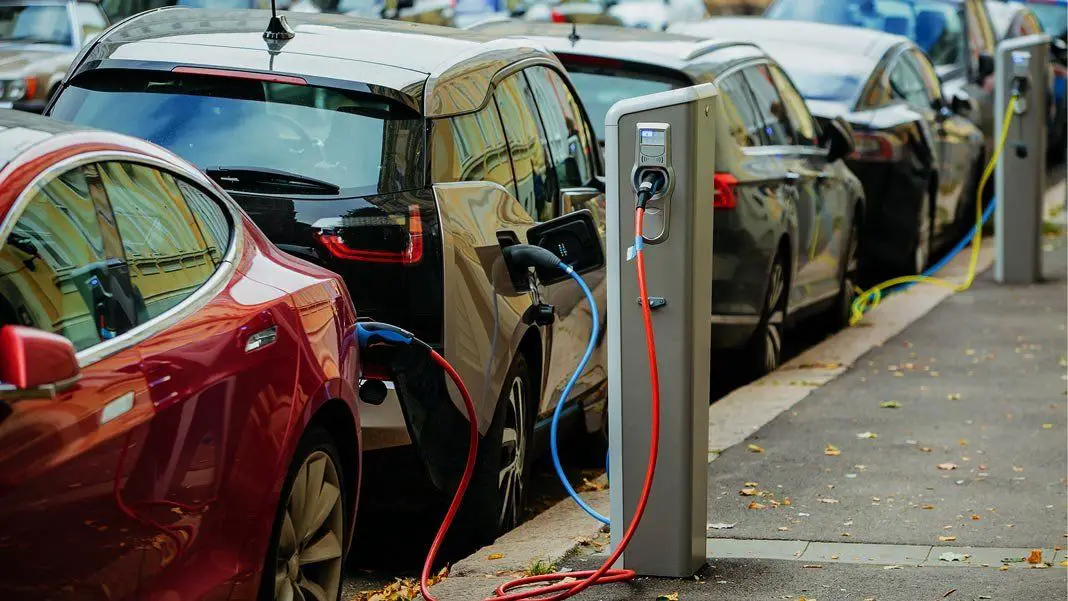Current global status of electric vehicles.
Sales of electric cars topped 2.1 million globally in 2019, surpassing 2018, already a record year, to boost the stock to 7.2 million electric vehicles. Electric Vehicles, which accounted for 2.6% of global car sales and about 1% of global car stock in 2019, registered a 40% year-on-year increase.


Sales of electric cars topped 2.1 million globally in 2019, surpassing 2018, already a record year, to boost the stock to 7.2 million electric vehicles. Electric Vehicles, which accounted for 2.6% of global car sales and about 1% of global car stock in 2019, registered a 40% year-on-year increase. As technological progress in the electrification of two/three-wheelers, buses, and trucks advances and the market for EVs to grow, electric vehicles are expanding significantly.
Policies have played a primary role in speeding EV growth. In 2019 indications of a continuing shift from direct subsidies to policy approaches that rely more on regulatory and other structural measures. Such measures include zero-emission vehicles mandates and fuel economy standards – which have set clear, long-term signals to the auto industry and consumers that support the transition in an economically sustainable manner for governments.
After entering commercial markets in the first half of the decade, electric car sales have soared. Only about 17 000 electric cars were on the world’s roads in 2010. By 2019, that number had swelled to 7.2 million, 47% of which were in The People’s Republic of China (“China”). Nine countries had more than 100 000 electric cars on the road. At least 20 countries reached market shares above 1%.
The 2.1 million electric car sales in 2019 represent a 6% growth from the previous year, down from year-on-year sales growth at least above 30% since 2016. Three underlying reasons explain this trend:
- Car markets contracted. Total passenger car sales volumes were depressed in 2019 in many key countries. In the 2010s, fast-growing markets such as China and India for all types of vehicles had lower sales in 2019 than in 2018. Against this backdrop of sluggish sales in 2019, the 2.6% market share of electric cars in worldwide car sales constitutes a record. In particular, China (at 4.9%) and Europe (at 3.5%) achieved new records in electric vehicle market share in 2019.
- Purchase subsidies were reduced in key markets. China cut electric car purchase subsidies by about half in 2019 (as part of a gradual phase-out of direct incentives set out in 2016). The US federal tax credit program ran out for key electric vehicle automakers such as General Motors and Tesla (the tax credit is applicable up to a 200 000 sales cap per automaker). These actions contributed to a significant drop in electric car sales in China in the second half of 2019 and a 10% drop in the United States over the year. With 90% of global electric car sales concentrated in China, Europe, and the United States, this affected global sales and overshadowed the notable 50% sales increase in Europe in 2019, thus slowing the growth trend.
- Consumer expectations of further technology improvements and new models. Today’s consumer profile in the electric car market is evolving from early adopters and technophile purchasers to mass adoption. Significant improvements in technology and a wider variety of electric car models on offer have stimulated consumer purchase decisions. The 2018-19 versions of some common electric car models display a battery energy density that is 20-100% higher than were their counterparts in 2012. Further, battery costs have decreased by more than 85% since 2010. The delivery of new mass-market models such as the Tesla Model 3 caused a spike in sales in 2018 in key markets such as the United States. Automakers have announced a diversified menu of electric cars, many of which will be in the market in 2020 or 2021. For the next five years, automakers have announced plans to release another 200 new electric car models, many of which are in the popular sport utility vehicle market segment. As improvements in technical performance and cost reductions continue, consumers are placed in the position of being attracted to a product but wondering if it would be wise to wait for the “latest and greatest model.”

The Covid-19 pandemic by a fraction affected the global electric vehicle markets, although to a lesser extent than it will the overall passenger car market. Based on car sales data from January to April 2020, according to the Global EV outlook, the current estimate is that the passenger car market contracted by 15% over the year relative to 2019. While electric sales for passenger and commercial light-duty vehicles remained broadly at 2019 levels. Second waves of the pandemic and slower-than-expected economic recovery could lead to different outcomes, as well as to strategies for automakers to cope with regulatory standards. Overall, the estimate is that electric car sales accounted for about 3% of global car sales in 2020.
This outlook is underpinned by supporting policies, particularly in China and Europe. Both markets have national and local subsidy schemes in place – China recently extended its subsidy scheme until 2022. China and Europe also recently strengthened and extended their New Energy Vehicle mandate and CO2 emissions standards, respectively. Finally, there are signals that recovery measures to tackle the Covid-19 crisis will continue to focus on vehicle efficiency in general and electrification in particular.
Charging
The infrastructure for electric vehicle charging continues to expand. In 2019, there were about 7.3 million chargers worldwide, of which about 6.5 million were private, light-duty vehicle slow chargers in homes, multi-dwelling buildings, and workplaces. Convenience, cost-effectiveness, and a variety of support policies (such as preferential rates, equipment purchase incentives, and rebates) are the main drivers for the prevalence of private charging.
Publicly accessible chargers accounted for 12% of global light-duty vehicle chargers in 2019, most of which are slow chargers. Globally, the number of publicly accessible chargers (slow and fast) increased by 60% in 2019 compared with the previous year, higher than the electric light-duty vehicle stock growth. China continues to lead in the rollout of publicly accessible chargers, particularly fast chargers, which are suited to its dense urban areas with less opportunity for private charging at home.
Transport modes other than cars are also electrifying. Electric micro-mobility options have expanded rapidly since their emergence in 2017. Electric scooters (e-scooters), electric-assist bicycles (e-bikes), and electric mopeds are now available in over 600 cities across more than 50 countries worldwide. An estimated stock of 350 million electric two/three-wheelers, the majority of which are in China, make up 25% of all two/three-wheelers in circulation worldwide, driven by bans in many Chinese cities on two-wheelers with internal combustion engines. About 380 000 light commercial electric vehicles are in circulation, often as part of a company or public authority vehicle fleet.
Electrifying heavy-duty trucks

Opportunities for electrification can be seized over the coming decade even in modes where emissions are hard to abate such as heavy-duty trucks, aviation, and shipping. Global sales of electric trucks hit a record in 2019 with over 6 000 units, while the number of models continues to expand. High-power chargers are being developed and standardized globally. Research on dynamic charging concepts, as well as demonstrations of catenary line solutions, may enable expansion of the range of operations for heavy-duty and long-distance operations for regional buses and long-haul trucking. Electrification of shipping operations at ports is increasingly common and is gradually controlled by legislation in Europe, China, and, in the United States, California. In aviation, electric taxiing (the electrification of ground operations in aircraft) offers immediate potential for pollutant and CO2 emissions reductions and operational cost savings for airlines.
Global outlook of EV in 2021
After a decade of rapid growth, in 2020 the global electric car stock hit the 10 million mark, a 43% increase over 2019, and representing a 1% stock share. Battery electric vehicles (BEVs) accounted for two-thirds of new electric car registrations and two-thirds of the stock in 2020. China, with 4.5 million electric cars, has the largest fleet, though in 2020 Europe had the largest annual increase to reach 3.2 million.
Overall the global market for all types of cars was significantly affected by the economic repercussions of the Covid-19 pandemic. The first part of 2020 saw new car registrations drop about one-third from the preceding year. This was partially offset by stronger activity in the second half, resulting in a 16% drop overall year-on-year. Notably, with conventional and overall new car registrations falling, global electric car sales share rose 70% to a record 4.6% in 2020.
About 3 million new electric cars were registered in 2020. For the first time, Europe led with 1.4 million new registrations. China followed with 1.2 million registrations and the United States registered 295 000 new electric cars.
Numerous factors contributed to increased electric car registrations in 2020. Notably, electric cars are gradually becoming more competitive in some countries on a total cost of ownership basis. Several governments provided or extended fiscal incentives that buffered electric car purchases from the downturn in car markets.

Europe
Overall Europe’s car market contracted 22% in 2020. Yet, new electric car registrations more than doubled to 1.4 million representing a sales share of 10%. In the large markets, Germany registered 395 000 new electric cars and France registered 185 000. The United Kingdom more than doubled registrations to reach 176 000. Electric cars in Norway reached a record high sales share of 75%, up about one-third from 2019. Sales shares of electric cars exceeded 50% in Iceland, 30% in Sweden, and reached 25% in the Netherlands.
This surge in electric car registrations in Europe despite the economic slump reflects two policy measures. First, 2020 was the target year for the European Union’s CO2 emissions standards that limit the average carbon dioxide (CO2) emissions per kilometer driven for new cars. Second, many European governments increased subsidy schemes for EVs as part of stimulus packages to counter the effects of the pandemic.
In European countries, BEV registrations accounted for 54% of electric car registrations in 2020, continuing to exceed those of plug-in hybrid electric vehicles (PHEVs). However, the BEV registration level doubled from the previous year while the PHEV level tripled. The share of BEVs was particularly high in the Netherlands (82% of all-electric car registrations), Norway (73%), the United Kingdom (62%), and France (60%).
China
The overall car market in China was impacted by the pandemic less than other regions. Total new car registrations were down about 9%.
Registration of new electric cars was lower than the overall car market in the first half of 2020. This trend reversed in the second half as China constrained the pandemic. The result was a sales share of 5.7%, up from 4.8% in 2019. BEVs were about 80% of new electric cars registered.
Key policy actions muted the incentives for the electric car market in China. Purchase subsidies were initially due to expire at the end of 2020, but following signals that they would be phased out more gradually prior to the pandemic, by April 2020 and in the midst of the pandemic, they were instead cut by 10% and extended through 2022. Reflecting economic concerns related to the pandemic, several cities relaxed car license policies, allowing for more internal combustion engines vehicles to be registered to support local car industries.
United States
The US car market declined 23% in 2020, though electric car registrations fell less than the overall market. In 2020, 295 000 new electric cars were registered, of which about 78% were BEVs, down from 327 000 in 2019. Their sales share nudged up to 2%. Federal incentives decreased in 2020 due to the federal tax credits for Tesla and General Motors, which account for the majority of electric car registrations, reaching their limit.
Other countries
Electric car markets in other countries were resilient in 2020. For example, in Canada, the new car market shrunk 21% while new electric car registrations were broadly unchanged from the previous year at 51 000.
New Zealand is a notable exception. In spite of its strong pandemic response, it saw a decline of 22% in new electric car registrations in 2020, in line with a car market decline of 21%. The decline seems to be largely related to exceptionally low EV registrations in April 2020 when New Zealand was in lockdown.
Another exception is Japan, where the overall new car market contracted 11% from the 2019 level while electric car registrations declined 25% in 2020. The electric car market in Japan has fallen in absolute and relative terms every year since 2017 when it peaked at 54 000 registrations and a 1% sales share. In 2020, there were 29 000 registrations and a 0.6% sales share.
Source:
i) Global EV Outlook 2020 (2020)
ii) Fatih. B (2021) Global EV Outlook 2021




